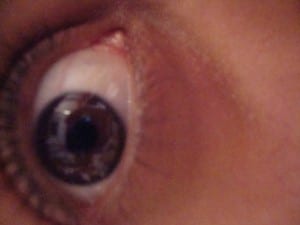BULLET POINTS
- Is there such a thing as feminine writing and if so is it restricted to women authors??
- Cixous’s rejection of the label “feminism” and the preference of “women’s movement.
- Patriarchal binary thought where each opposition abides to an hierarchy that shows the feminine side as the powerless side.
- The notion that each side needs if only to destroy it and thus acquire meaning.
- Difference and “differance” and how each term required the other in order to have meaning through the comparison with its counterpart.
- Derrida and Norris on writing : it is closely related to differance and is “the endless displacement of meaning which both governs language and places it forever beyond the reach of a stable, self-authenticating knowledge”.
- Both men and women can produce both feminine and masculine texts.
- Cixous’s realms of the gift and the proper: masculinity is structured based on an economy of proper-property-appropriate; it is self sufficient.
- Male fear of castration
- The realm of the gift: a woman gives because castration anxiety is not in her DNA!
PERHAPS TO BE CONTINUED…
QUOTES
“For the moment you receive something you are effectively ‘open’ to the other, and if you are a man you have only one wish, and that is hastily to return the gift, to break the circuit of an exchange that could have no end… to be nobody’s child, to owe no one a thing.” –> the need to be in charge, to be the strong and competent one as western society has decided Man is…
“The voice in each woman, moreover, is not only her own, but springs from the deepest layers of her psyche: her own speech becomes the echo of the primeval song she once heard, the voice of incarnation of the ‘first voice of love which all women preserve alive…in each woman sings the first nameless love’ “–> Well it just sounds so pretty…
STAY TUNED FOR SELF PROTRAITS!!




